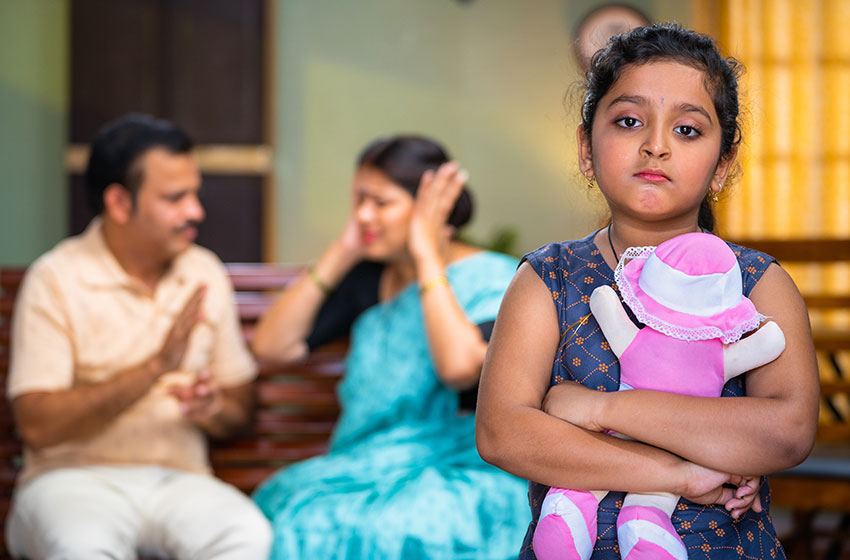India’s 1% Divorce Rate – Myth or Miracle

Analysing the Increasing Divorce Rates in India and Its Impact on Society
Introduction
Divorce, once considered taboo in Indian society, is now witnessing a gradual increase in acceptance. As cinema and real-life experiences showcase the struggles individuals face in unhappy marriages, the traditional perception of marriage as an unbreakable bond is being challenged. In this article, we explore the factors contributing to the rise in divorce rates in India and the societal impact it entails. We shed light on the changing perspectives, the legal complexities, and the emotional toll experienced by both men and women.
Marriage and Divorce in Indian Cinema
The influence of Indian cinema on societal norms cannot be underestimated. In movies like “Thappad” and “Dil Dhadakne Do,” themes of marital discord and women’s empowerment are explored. Such films have sparked debates on the grounds for divorce and the relevance of cultural values in modern times. However, while cinema has ignited discussions, it’s essential to understand that it merely mirrors the society it represents.
The Stigma Surrounding Divorce
The stigma surrounding divorce in Indian society is rooted in cultural and religious beliefs that perceive marriage as a sacred bond. Politicians and conservative factions often disapprove of divorce, citing it against Indian culture. This, coupled with a lack of financial independence for many women, often leads to prolonged suffering in abusive marriages.
The Impact of Financial Dependence
The World Bank’s report reveals that only 20% of Indian women are paid workers, resulting in 80% depending on their husbands for financial support. Financial dependence can lead to increased stress, affecting mental and physical well-being and has even been linked to issues like premature balding.
Breaking Free from Societal Pressures
Indian society places immense pressure on individuals to preserve marriages at any cost. This pressure is equally, if not more, exerted on women. Societal norms dictate that divorcees are tagged and stigmatised, making remarriage a difficult proposition. Matrimonial websites like DivorceeMatrimony.com and LifePartner.in aim to break this stigma by facilitating alliances among divorcees.
Legal Complexities of Divorce
The Indian legal system presents significant challenges for those seeking divorce. Couples must prove specific grounds for divorce, such as cruelty, desertion, or adultery. This requirement poses difficulties when only one party wishes to dissolve the marriage. Moreover, the legal process can be time-consuming, leading to long separations instead of legal divorces.

The Impact on Children
Divorce can have profound effects on children, including emotional turmoil, academic struggles, and social challenges. Parents must approach co-parenting with care and ensure a supportive environment for the children’s well-being.
Divorce: A Sign of Empowerment
While divorce can have far-reaching effects on families, it is also seen as a sign of empowerment. The increasing divorce rates reflect a growing understanding that staying in an unhappy marriage is not the answer. Divorce can lead to personal growth, better mental health, and improved professional lives.
Conclusion
The increasing divorce rates in India indicate a changing society that recognises the importance of individual happiness and emotional well-being. While divorce can profoundly impact families, it can also be a path to empowerment and a better life. Striking a balance between preserving cultural values and empowering individuals to make decisions that align with their happiness is crucial for a progressive and empathetic society.





